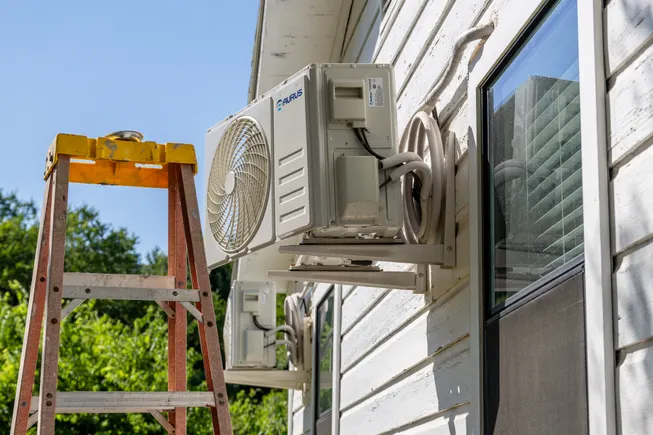In today’s fast-paced digital landscape, small and medium-sized businesses (SMBs) are increasingly relying on automation tools like Make and a variety of APIs to streamline operations. However, common automation errors can significantly impede productivity. Understanding these issues, their symptoms, root causes, and effective remediation steps is crucial for any SMB team.
One of the prevalent issues SMBs may encounter is rate limiting. Symptoms include receiving error messages stating that the request limit has been exceeded. This generally occurs when too many API calls are made within a designated time frame. The root cause is often an unoptimized workflow that sends excessive requests or a lack of awareness regarding API limits. To fix this, teams should first review the API documentation to identify the specific rate limits. To mitigate this issue moving forward, implement controls that queue requests and spread them out over time, ensuring they stay within limits. Validating success involves monitoring the error logs until the rate limit errors cease.
Authentication failures are another common stumbling block for SMBs. Symptoms reveal themselves as persistent error messages indicating unauthorized access or failed credentials. The issue usually arises from expired tokens, incorrect API keys, or insufficient permissions. To rectify this, check the authentication parameters against the API documentation. Updating credentials or regenerating tokens can often solve the problem. Following changes, test the connection by sending a simple request. Make sure to enable logging to track future authentication issues.
Webhook timeouts can disrupt crucial data transfers, signaling problems with delivery or processing. You might notice delays or missing data in your applications. These timeouts often stem from slow server responses or unresponsive endpoints. To address this, check the server’s response times through monitoring tools. If the endpoint is slow, consider optimizing the server or reviewing the webhook notification settings. Testing can be conducted by sending manual webhooks and measuring response times to ensure they fall within acceptable limits.
Malformed payloads can cause significant integration issues, leading to outright failures in API calls. You may encounter errors indicating “bad request” or see no updates in your systems. This often results from incorrect data formats, such as JSON structures, or mismatched parameter names. To fix this, review the payload against the API specifications. Use tools like Postman or online JSON validators to ensure correct formatting. Testing can be completed through a controlled API call that passes a well-formed payload.
Integration issues with platforms like WordPress present another layer of complexity. Symptoms include failure to pull data or missing functionalities. This often happens due to incorrect API endpoints, version mismatches, or plugin conflicts. To troubleshoot, confirm the API endpoint settings in WordPress and ensure that any plugins are up-to-date and compatible. Implement a systematic update strategy, turning off conflicts one by one, and validate success by checking functionality after each change.
Adopting practical safeguards can greatly reduce the likelihood of encountering these errors in the future. Employ logging practices to capture details on errors and API calls, allowing for easier troubleshooting. Regularly review logs to spot trends or abnormalities that may indicate underlying problems before they escalate. Establish a rollback plan for all changes made during troubleshooting; reverting to the last known good configuration can save critical time when issues arise.
Ignoring these common automation errors can have severe repercussions, including wasted resources, delayed projects, and diminished team morale. The cost associated with fixing these problems quickly, however, can often provide a strong return on investment. Streamlining processes and reducing errors enhances overall productivity, allowing teams to focus on growth rather than putting out fires.
FlowMind AI Insight: Addressing automation errors requires a mix of proactive strategies and responsive tactics. By understanding these common pitfalls and implementing effective solutions, SMB teams can optimize their workflows and improve operational efficiency dramatically. Investing in the right tools and practices not only mitigates risks but also fosters a culture of continuous improvement, ensuring long-term success.
Original article: Read here
2023-08-08 07:00:00

